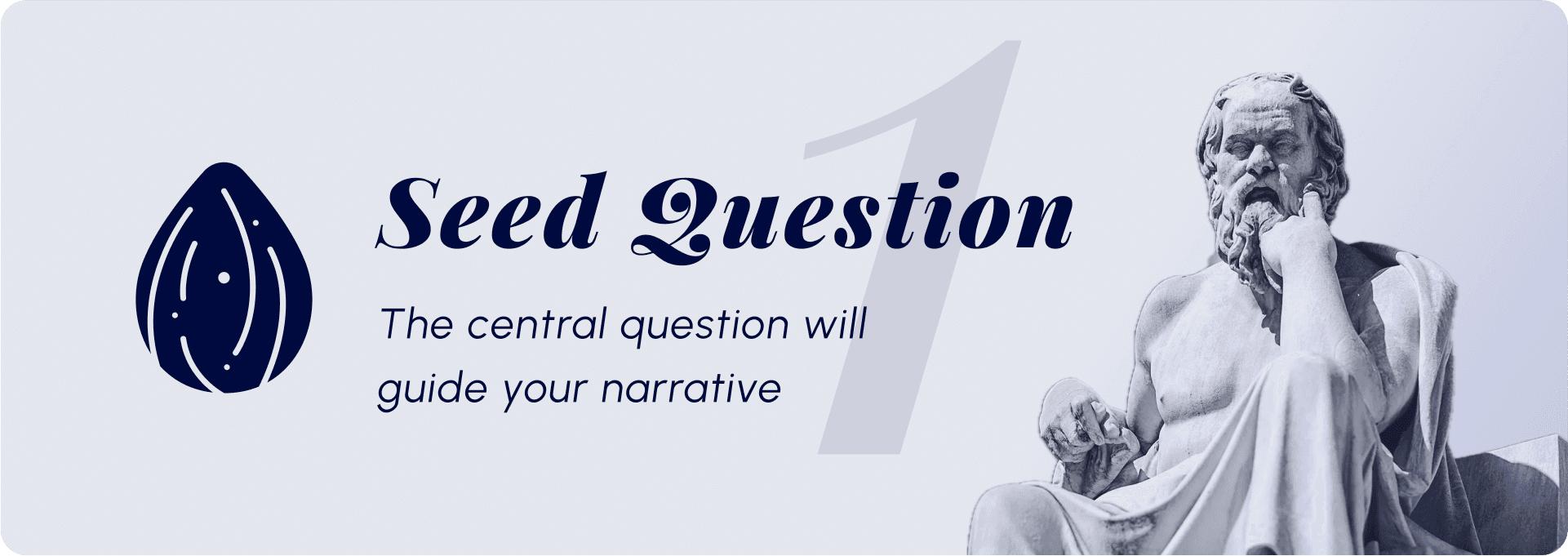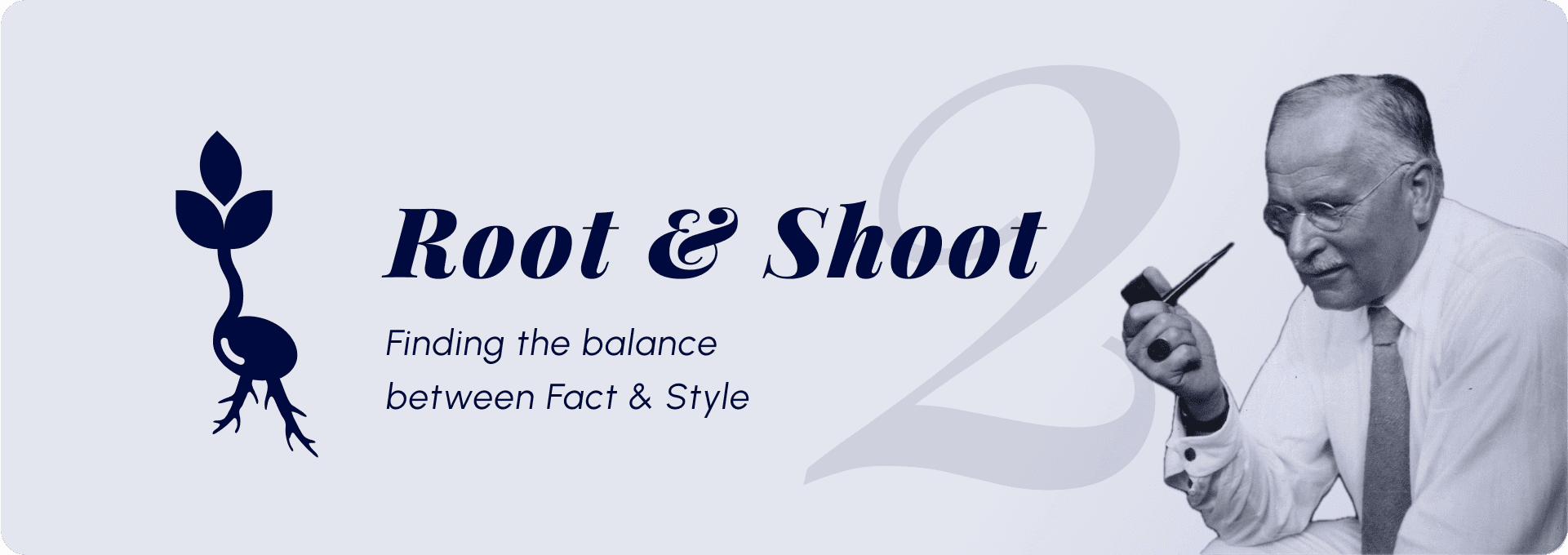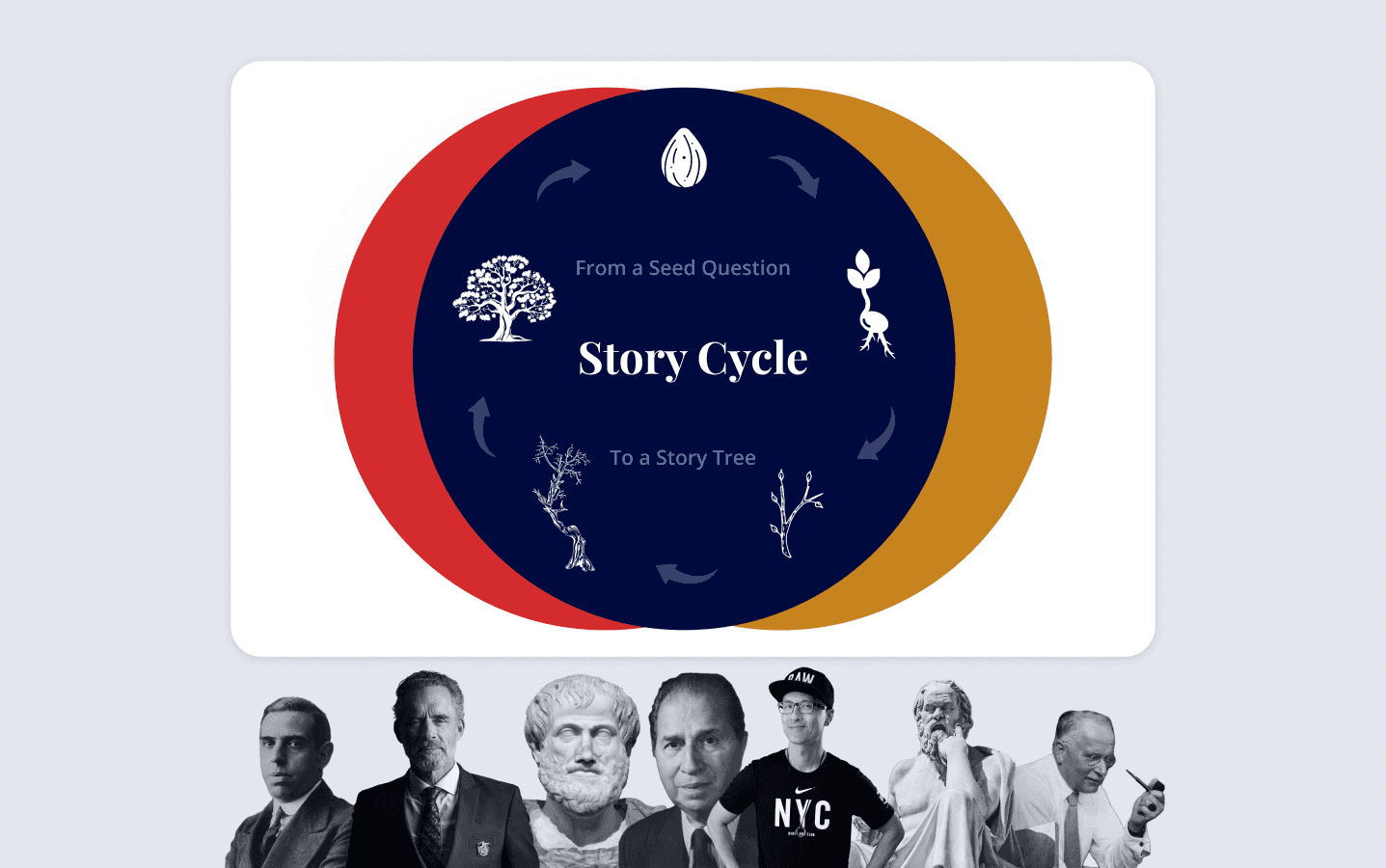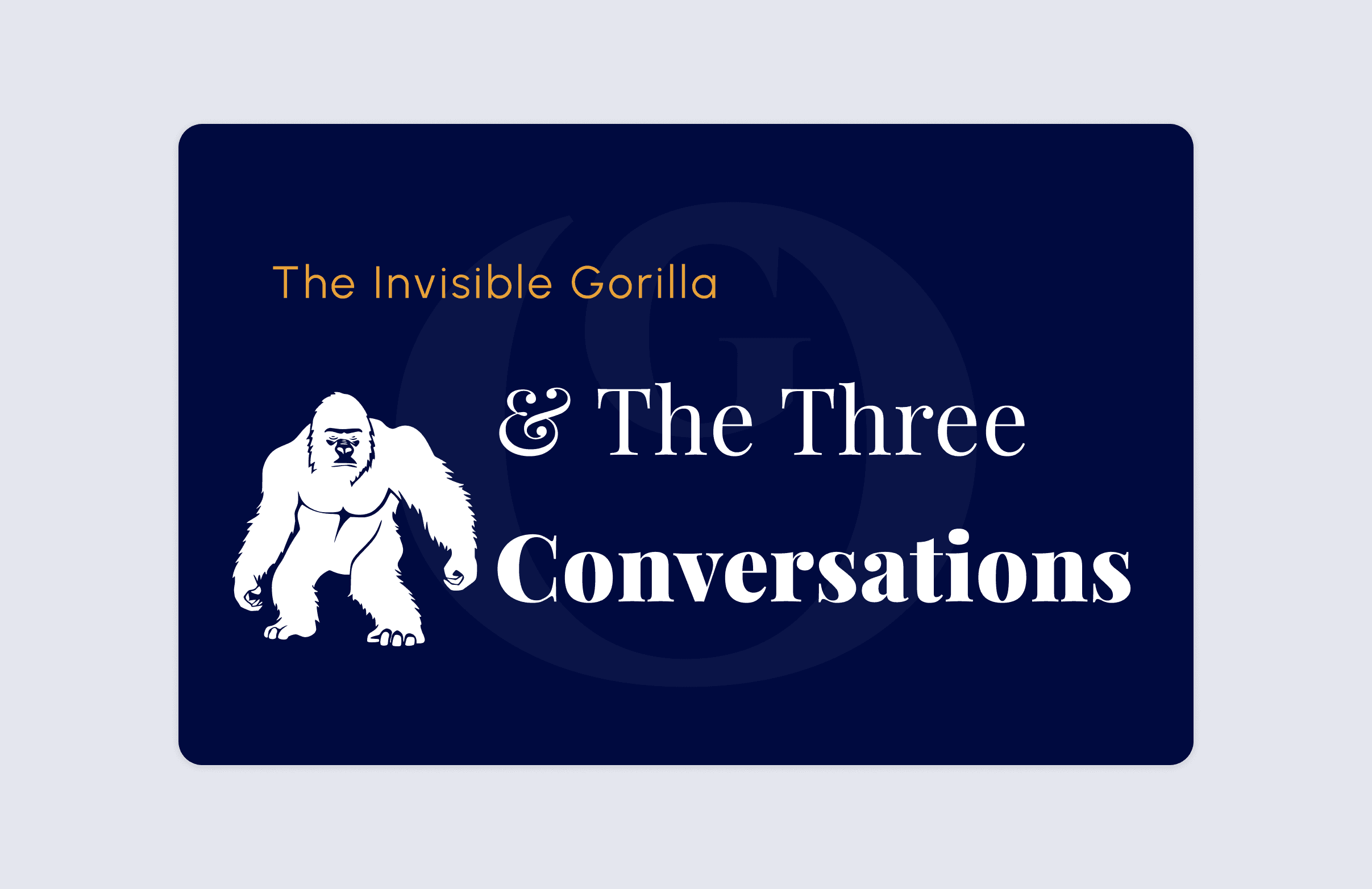
Product Designer, Mentor
Has the voice at the back of your mind ever urged you to take the first step on your journey to a public stage? Encouraged you to pen the very first word of what could be the story of your life? Yet time and time again, the fears of “what if” creep up and cool your hot feet, catching the story behind your teeth...
If so, you are not alone! Whether it's the fear of being on stage with hundreds of eyes on you or the dread of forgetting the words of a speech, many stories have missed their chance to break free from the safety of our thoughts. Given the significance of the year 2024 to South Africa’s design industry, I've promised myself that I will do everything I can on behalf of these untold stories.
The reason this year is so significant for the African design landscape is that it marks a decade of the UX South Africa Conference! A decade of bringing leaders like Don Norman to share their insights with budding designers, to hosting the first African design conference in a stadium! With all this and plenty more, I can't help but put my shoulder behind UX South Africa 2024.

As we gear up for UXSA this October in Johannesburg, and that voice begins whispering at the back of your mind again, you might be asking yourself, who is this “Alfi” guy and what right does he have to be pushing me to
👉Submit a topic for UX South Africa 2024👈
From UX London to UX South Africa, I’ve had the pleasure of sharing stories and experiences both locally and internationally, most notably at TEDx Pretoria . More recently, I've sharpened my skills as an interviewer and conversationalist co-hosting the Edit Undo Podcast and the Making sense of ourselves Podcast. If nothing else, I’ve been afforded the opportunity to learn from mistakes and celebrate achievements that come with accepting the risk of taking to the public stage.
Whether it’s a scientific treatise or a retelling of your own experiences, this year my hope is to support and empower those who are willing to face their fear.
The Challenges of Public Speaking

Embarking on a journey to become a public speaker, especially for an event as significant as UX South Africa, comes with its own set of challenges. Let’s discuss some of the common hurdles you might face:
Lack of a Clear Purpose: It’s easy to feel overwhelmed when a conference theme feels too broad or unfocused. Finding a clear, precise purpose or guiding principle for a talk is essential but can be daunting. This is the first challenge I hope to tackle will with this initiative.
Fear of Imperfection: Standing in front of an audience and drawing a blank can be terrifying. We'll explore techniques to help you remember your key points and stay on track.
Lack of Confidence: Doubting our abilities to speak in front of an audience is natural but something that can be addressed both with coaching & preparation.
Inadequate Knowledge: Sometimes we feel we don’t know enough about a topic to speak authoritatively, which can hinder our progress.

To, fellow designers and aspiring public speakers, who have been confronted with the dreaded question in some or other google form, at the beginning of every journey to a conference stage, I salute you 🫡
Step-by-Step Guide to Crafting Your Story
These and many more are fair reasons to avoid the public stage or leave a story untold. That’s why my first objective for this series is to provide a basic guide on the life cycle of a story. Over the course of these articles, I aim to summarise and distil lessons learned and challenges conquered from some of the best writers and storytellers I could find. The goal is to give you the tools to tackle these fears head-on.
On this quest, I’ve found that the most apt metaphor, seemingly absurd at first, is to relate the life cycle of a story to that of a towering tree. From planting the initial seed question, which will be the center of the narrative, to nurturing it into a full-grown story tree.

1 - Seed Question: Planting the Idea
Every great story starts with a “seed question.” This technique, inspired by Socrates and the notorious Socratic dialogue, involves crafting a central question that the entire story will address. It’s this idea that allowed me to take a 40-minute story and narrow it down to a 15-minute speech without losing depth. For instance, The TEDx talk on self directed learning, the seed question i used was:
“What is the role of education when knowledge is no longer a scarce resource?”
The seed question is about finding that core idea that unifies both the audience and the story. In the next article, I’ll discuss how to identify a compelling question that resonates deeply. By focusing on what truly moves you, you’ll find a clear purpose for your talk.

The Root and the Shoot: Research and Style
From a seed question, the process of divergence begins with developing the story seed’s roots and shoot. The roots represent the foundational evidence and bodies of knowledge that your narrative rests on, whether that’s scientific knowledge, cultural wisdom, or traditional practices. This idea is inspired by a quote from Carl G Jung: “No tree, it is said, can grow to heaven unless its roots reach down to hell.”
While I won’t delve into the details of gathering research (that’s a future series all on its own: “Digging up & Drawing on Your Wells of Inspiration”), I will explore how to position your story in relation to the knowledge and facts you’ve gathered to give your story depth and credibility.
The shoots focus on the stylistic choices you must make when selecting which resources to highlight and how to engage with them in a way that empowers rather than detracts from your story, much like data and graphs can, when they aren't given the needed contextual framing.

3 - Seedling: Developing Sub-questions
With a solid foundation, we then move on to constructing outlines through the use of sub-questions, a process akin to the sprouting of a seedling. This technique, effectively deployed by Aristotle in his work "Nicomachean Ethics," helps structure a story with clarity and neutrality before diving into the distracting details of writing. These sub-questions ensure thorough exploration on behalf of skeptics and provide an illustrative line of reasoning for the neutral listener.
An example of this can be found in Aristotle's "Nicomachean Ethics." Aristotle asserts that "the highest good for humans is eudaimonia (flourishing or happiness), achieved through a life of virtuous activity in accordance with reason." To this, Aristotle anticipates several objections:
Objection: Some might argue that happiness is subjective and varies from person to person, suggesting that eudaimonia cannot be a universal standard.
Response: Aristotle counters this by distinguishing between superficial pleasures and true happiness, arguing that true happiness is an objective state achieved through virtuous living.
Objection: Others may claim that external goods, such as wealth and health, are necessary for happiness, thus challenging the sufficiency of virtue alone for achieving eudaimonia.
Response: Aristotle acknowledges the role of external goods but maintains that they are subordinate to virtuous activity, which is the core of true happiness.
As the storyteller, by placing yourself in the shoes of your potential listeners and exploring your seed question, other questions will naturally present themselves. This can be further empowered by discussing the seed question in everyday social conversations with those who might see the question from a different angle.

4 - Sapling: Crafting Your Story Branches
In this article, I’ll explore the age-old art of story crafting and how we can expand our seed and sub-questions into full stories. The idea of story branches is derived from one of the few comments Dr. Peterson has made about his process of developing a public lecture. This technique enabled me to give the most important public address I’d ever given without using any notes.
To paraphrase his comments on his preparation process: When you are giving a speech, you need a theme or a problem to address. You then need to plot an intellectual journey that circles that point, and finally, you need about a dozen stories that illustrate each step on that journey, which you know well enough to tell by heart.
Each story branch, being an independent story that contributes to the story-tree, gives the narrator the freedom and flexibility to add and remove parts without losing the efficacy of the story-tree. Here to discuss the importance of setting, dialogue, and character development in making your story come alive. By integrating these elements, your narrative will grow richer and more engaging.

5 - Story Tree: Pruning and Polishing
Finally, I’ll share the beginnings of the next series focusing on pruning and polishing a story. This step draws on the wisdom gathered and distilled by Dr. Mortimer J. Adler in his work “How to Speak, How to Listen.” We’ll shift from a medium-agnostic storytelling context to the nuances of storytelling through the spoken word. This involves refining your language, structuring your argument for speech, and mastering the art of effective communication.
Most importantly, I will explore how to speak persuasively using the three rhetorical techniques: ethos (credibility), pathos (emotion), and logos (logic). Dr. Adler identifies and analyzes their use in great works like "Julius Caesar." These techniques help to build trust, evoke emotions, and present logical arguments, making your story more persuasive and moving your audience. Ensuring your message is clear, coherent, and impactful.
Overcoming Public Speaking Challenges with the Story-Teller's Circle
Alongside these articles, we’ll be running a Storyteller’s Circle. This will be a supportive space where you can practice and refine your storytelling skills with fellow thought leaders. We’ll share feedback, inspire each other, and build confidence in our abilities.
By the end of this series and our sessions, you’ll be well-prepared to submit a compelling topic for UX South Africa, or any other public stage which you intend to take on, and deliver the best speech of your life with confidence and competence.
Looking Ahead
Throughout this series, I hope to provide practical activities and homework to help you apply these concepts to your own story. By the end, you’ll have a fully developed and polished narrative ready to captivate your audience.
I’m excited to embark on this journey with you and help you find your voice as a thought leader. Together, we’ll grow your ideas from a single seed into a powerful story tree that captivates and inspires.
See you in Johannesburg (or on the inter-webs)!
Best regards,
Alfi

Product Designer, Mentor


